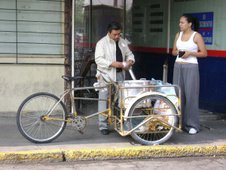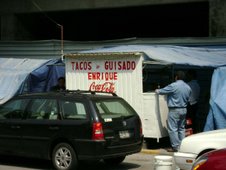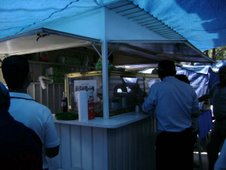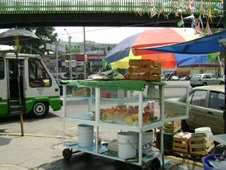Mexican Food
 Talking about mexican food is much more than chili, tacos and tequila. While chili, tacos and tequila are truly a deep Mexico’s icon; its traditions, flavors and costumes goes far beyond.
Talking about mexican food is much more than chili, tacos and tequila. While chili, tacos and tequila are truly a deep Mexico’s icon; its traditions, flavors and costumes goes far beyond.Mexico has a territory of nearly 2 million square kms (1,923.040 kms^2) and a history of more than 700 years, starting long time before 1325, official foundation year for the Aztec Empire, ruled by the Mexicas. (read as ‘Maesheecas’). This vast territory encloses, as it could be expected, a great variety of environment, flora and fauna. Climate range goes from the deserts and forests to sunny beaches, some with warm and others with cold water. Thise climatic variation, vast range of flora and fauna, long history and huge territory has developed a rich cultural and gastronomic tradition which Mexico is proud of.
At this Blog we will be making a magic travel from the northern "cabrito" to the southern "cochinita" and from the famous eastern "veracruz coffee" to the western "pozole", discovering the magic, enchants, traditions and flavors of the Mexican Food. I won't rewrite the recipes and history you can find at other sites. I'll give you some references to that sites and I'll talk about the facts you'll find when you go to Mexico. So you'll learn a little bit of mexican history and traditions and a lot of current stuff going on up there in Mexico.
You can navigate the blog through the index located on the right top or with the blog file located on the bottom right of this mexican food page.












